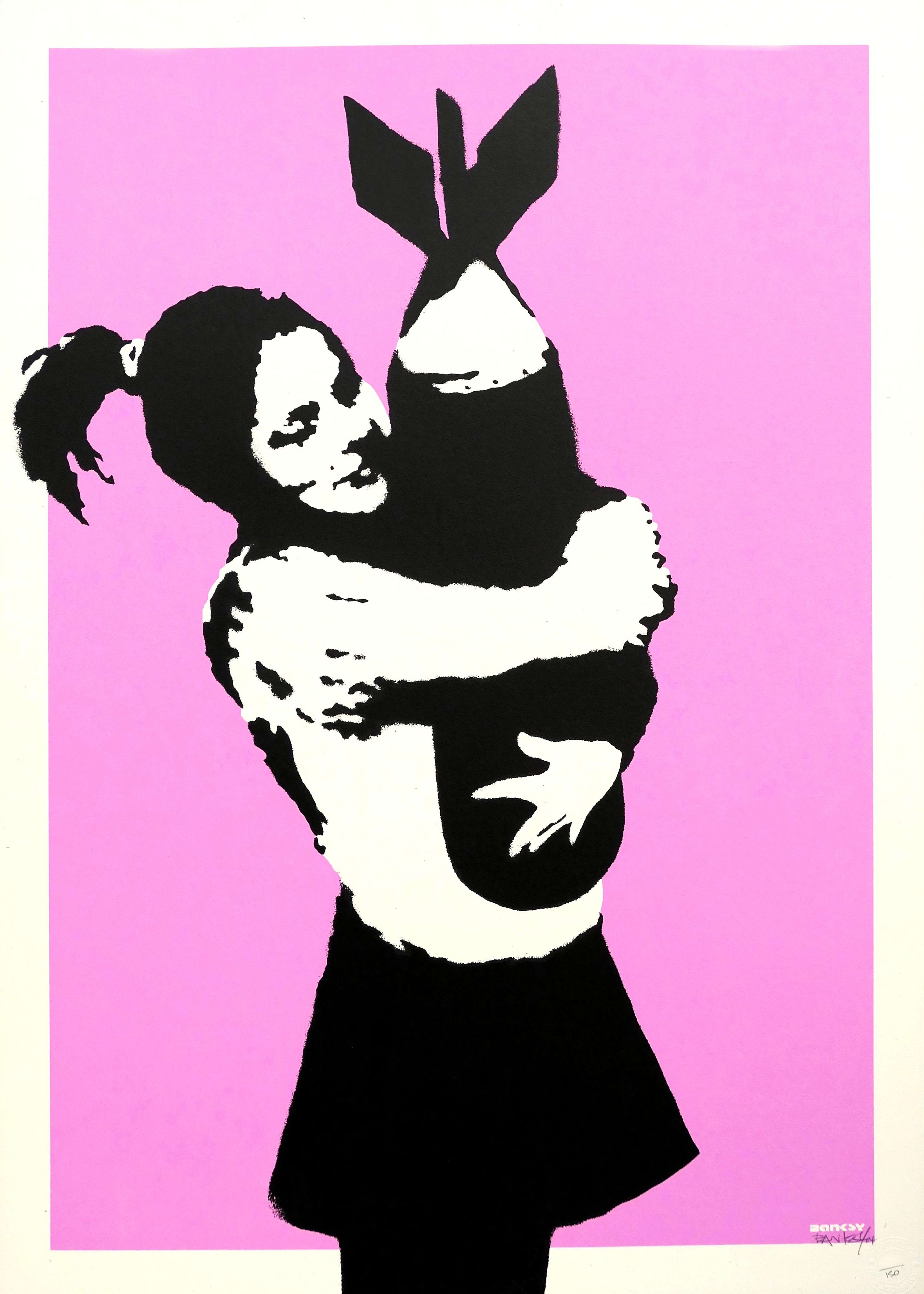The Pros And Cons Of Owning A Fraction Of A Masterpiece
 Gazing Ball (Da Vinci Mona Lisa) © Jeff Koons 2016
Gazing Ball (Da Vinci Mona Lisa) © Jeff Koons 2016Market Reports
Blue chip art is the top-performing collectible asset. However, the high cost of owning a masterpiece has often limited investment opportunities to ultra-wealthy collectors and institutions. Fractional ownership has disrupted that reality. Fractional ownership of art has become increasingly popular in recent years, allowing individuals to own small percentages of high-value artwork. However, like any investment, it comes with its own set of pros and cons.
Is it worth it?
Though fractional ownership might seem extremely enticing, it is only one way to invest in art. Here, we explore the advantages and disadvantages of owning a fraction of a masterpiece, and share our strategies for navigating the art market through this particular avenue.
What is Fractional Ownership?
Unlike 100% art ownership, fractional ownership allows multiple individuals to own a share of a particular artwork. This allows collectors to enjoy the benefits of owning an artwork, while sharing the costs and responsibilities of owning it outright. This type of ownership allows collectors to diversify their investment portfolio and potentially generate returns, without spending a large amount.
However, fractional ownership can be complex and requires careful consideration before investing. To be successful in fractional ownership, it is essential to conduct thorough research and seek industry expertise.
The Pros of Fractional Ownership
As fine art is a passion asset, investing in it should be exciting and lucrative. The concept of fractional ownership makes art investing a more accessible feat. Buying an entire artwork outright can be cost-prohibitive, and owning a fraction of a piece offers a more affordable option for collectors. By owning a fraction of an artwork, you can further diversify your portfolio and increase the potential for return.
Fractional ownership also provides a new avenue of opportunity in the collecting world. For the collectibles market - which is composed of enthusiasts and like-minded individuals - fractional ownership offers a collective venture for a community. Fractional ownership is beneficial to those who wish to invest as part of this community, rather than carry the cost of an investment alone.
The Cons of Fractional Ownership
Though it certainly seems to be a progressive idea, fractional ownership has its downsides. By sharing ownership of an artwork, limitations are places on your control over the artwork. The decisions that would traditionally be yours to make as sole owner of an artwork are no longer yours to make alone.
Another issue to keep in mind with fractional ownership is maintenance and storage costs. For high-value works of fine art, these costs can be extremely high. This is an additional - and perhaps hidden - expense when deciding how to invest in art. Although fractional ownership might allow you to spread these costs between co-owners, these costs can still be high. Like all modes of investing in art, it is crucial to do your homework and take these issues into consideration before purchasing - even if it is a fraction.
Likewise, disputes may arise between co-owners regarding decisions concerning storage, conservation, and whether or not the artwork should be sold. As the name would suggest, fractional ownership only allows you to own a fraction of an artwork. You must therefore expect a more limited amount of control over your investment, and be willing to compromise.
Art Investing: How To Navigate the Market
Though art investing can be an enjoyable and profitable venture, it also requires planning and rational decision-making. Before you invest, research is essential to understand exactly what your money can buy you in the art market. To avoid making impulsive decisions that may detriment your collection and finances, set a budget and follow a clearly-defined strategy.
Whether you decide upon 100% art ownership or fractional ownership, it is crucial to work with reputable organisations and individuals. Transparency is essential from the beginning of your investment journey, and should not be overlooked.
How to Maximise the Benefits of Fractional Ownership
If you cannot afford to invest a considerable amount, fractional ownership is a valid option to invest in the art market. This avenue enables collectors, with differing budgets, to own a portion of a valuable artwork.
Making sure that you are aware of the potential risks and limitations of fractional ownership is crucial. When you purchase a fraction of an artwork, you will never own it fully or reap the benefits that a sole owner will.
Is Fractional Ownership Right For You?
Fractional ownership is a favourable option for individuals looking to invest in high-value assets without the burden of full ownership. This mode of investing allows collectors to purchase a share of an asset, without the financial burden of being a sole owner. If you cannot afford the total cost of owning a high-value asset but still want access to it, fractional ownership might be the opportunity you seek.
However, it is important to always consider the risks involved before making a decision. Fractional ownership can be an excellent way to invest in high-value passion assets, but the collector will only ever own just that: a fraction.









